Only 13 of 45 Watchkeeper drones have flown in the last 12 months.
The Watchkeeper WK450 is based on the Elbit Hermes 450 UAV and is built in the UK by a joint venture between the Israeli company Elbit Systems and Thales.
This information comes to light after Baroness Stern asked the following via a written question in the House of Lords:
“To ask Her Majesty’s Government how many Watchkeeper airframes are currently in-service; and how many have (1) undertaken flights in the past 12 months, and (2) been in storage for longer than 12 months.”
Baroness Goldie, Minister of State for the Ministry of Defence, rsponded:
“45 Watchkeeper airframes were in service as at 23 July 2020. 13 have flown in the past 12 months and 23 have been in storage for longer than 12 months. Of those flying, 10 have been operated by the Army from Akrotiri in Cyprus and Boscombe Down in Wiltshire, three have been used for test and evaluation. The airframes in storage are held at specific, graduated, levels of readiness. This is commensurate with practices used on other Defence capabilities and assets.”
It’s not as bad as it seems, however.
https://twitter.com/TheBrit96/status/1290584175679082496
The troubled aircraft was originally intended to enter service in June 2010 but years of delays, technical issues, hardware modifications, difficulties in training sufficient pilots and incidents means that it was not expected to be fully operational until late 2018.
Two Watchkeepers crashed on flight trials over Cardigan Bay in 2017 and in 2018 a Watchkeeper crashed near the trials base at West Wales Airport, increasing the number of Watchkeepers lost in crashes over the years to five.
Watchkeeper was declared fully operational capability in November 2018 however this was without achieving formal release to service certification. You can read more about the issues facing the project in a report by Gareth Corfield at the Register here.



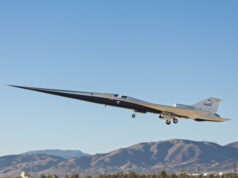
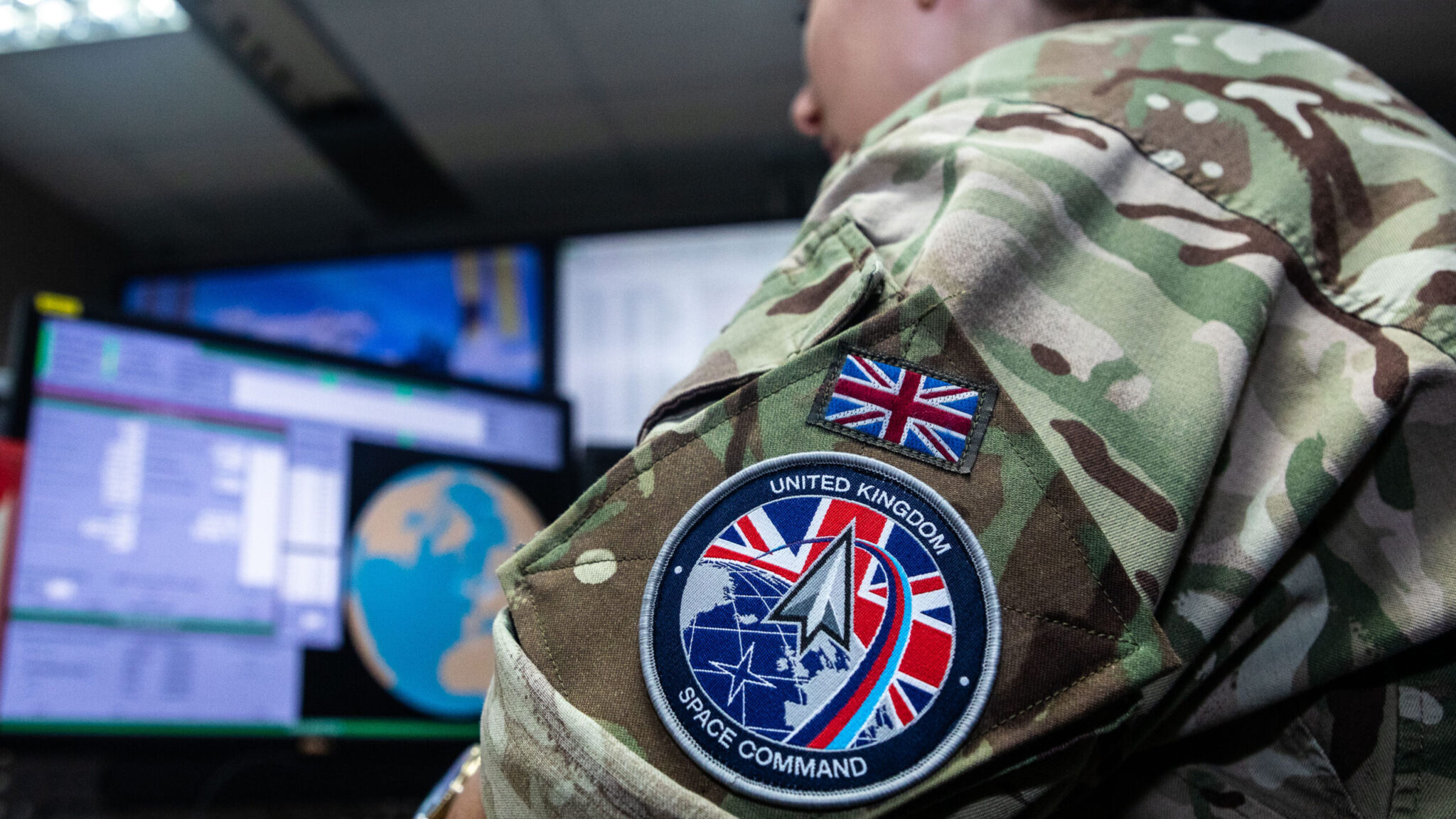
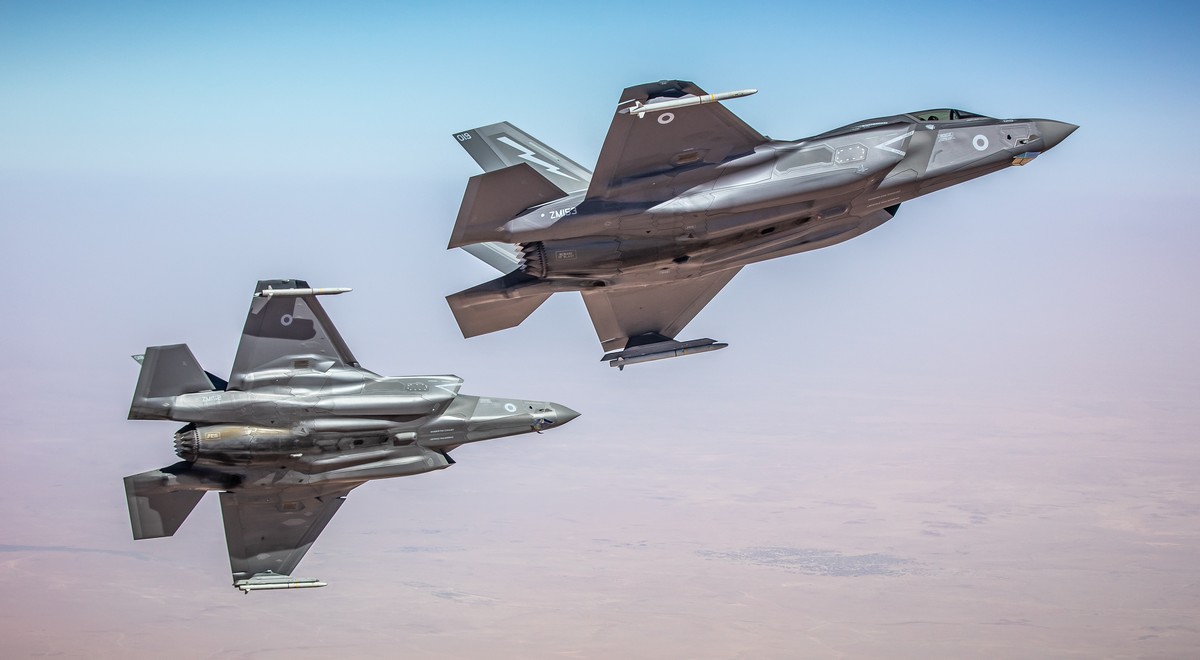
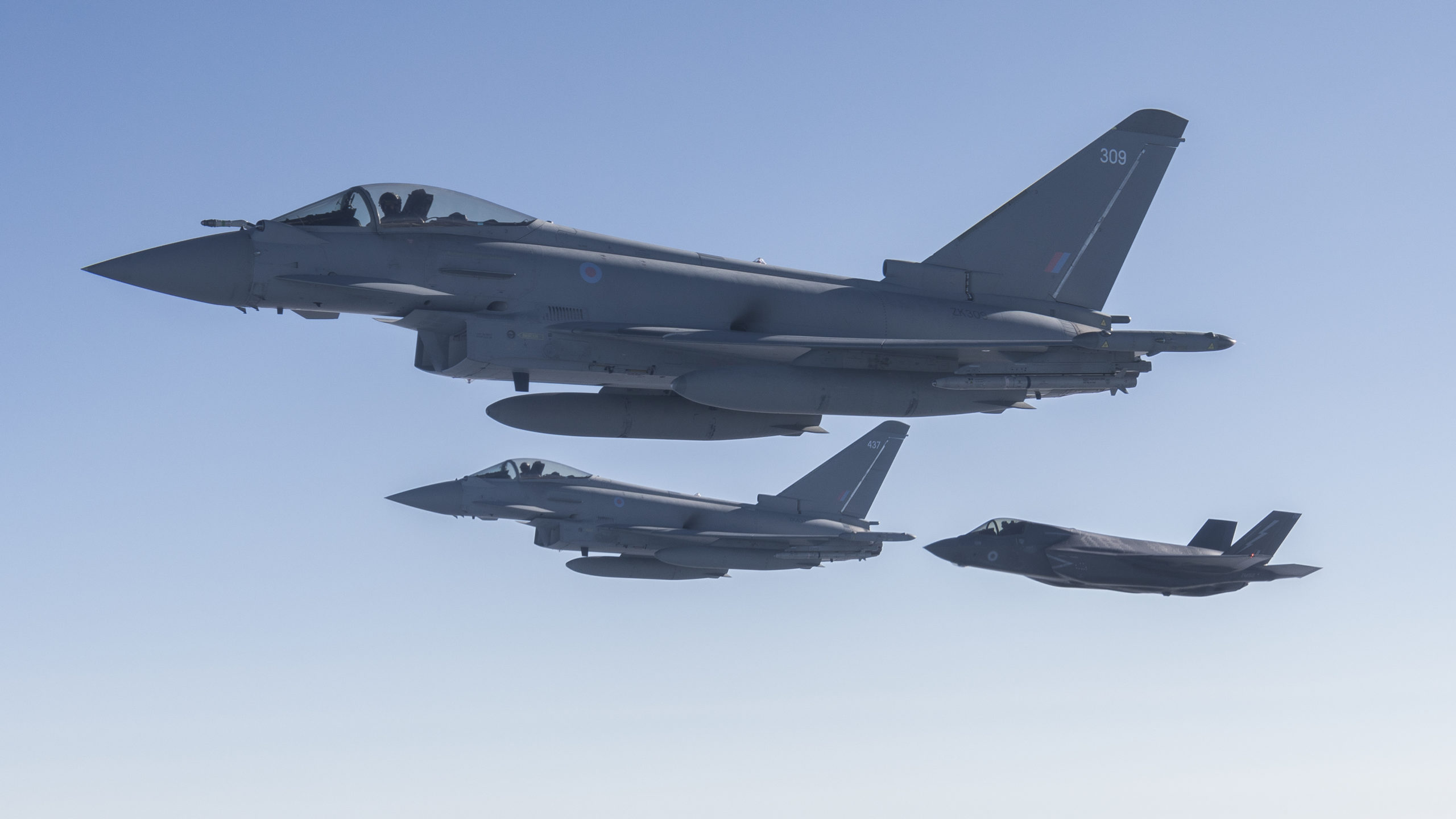





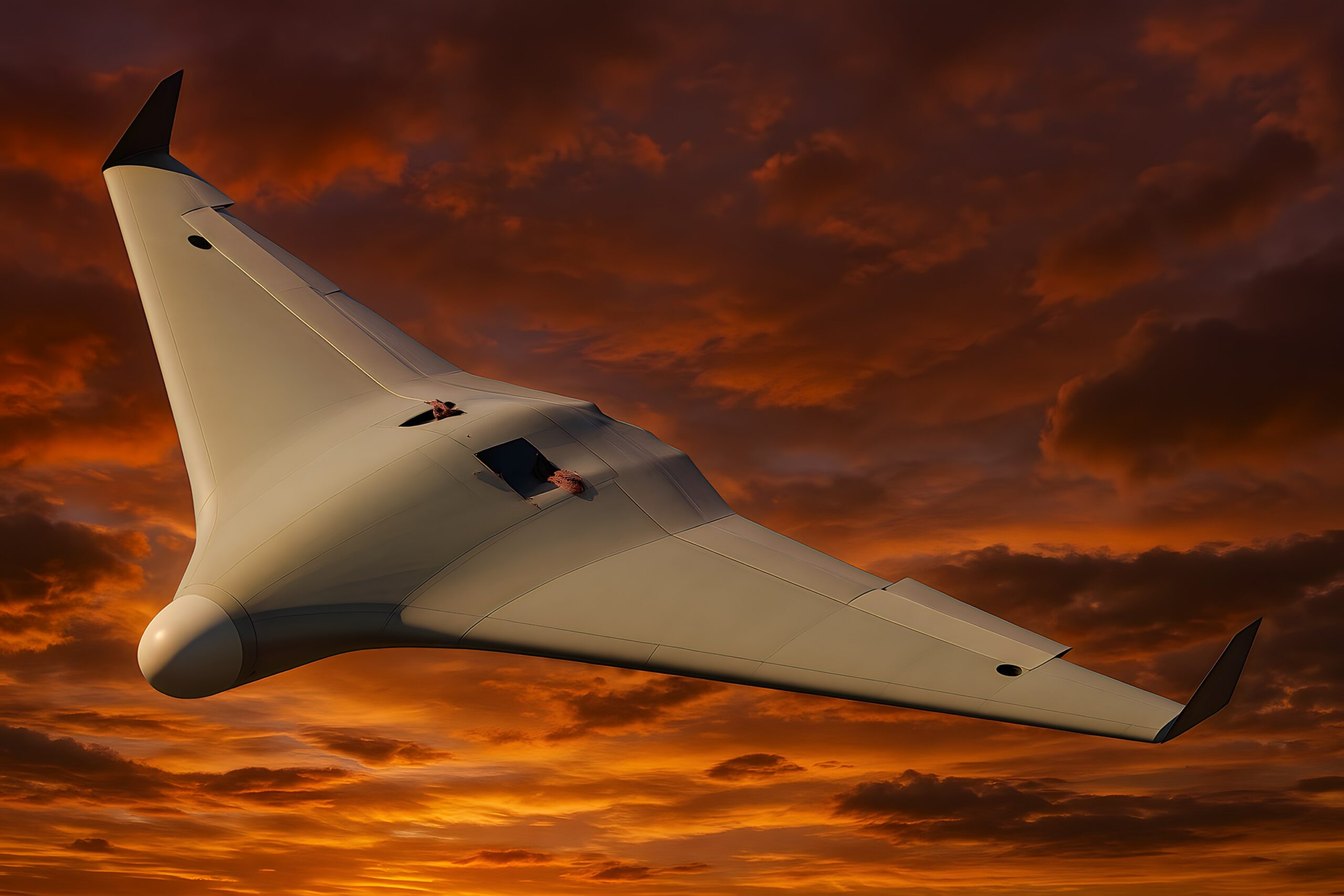

Over a Bn spaffed away because ‘updates, hardware modifications…’ So, is this another example of gold-plating? It has to stop.
I’d say it was more like taking a mature platform technology and then trying to endlessly modify it to do things it really couldn’t do.
There are two main issue with defence procurement
– services customer reps usually don’t understand the tech and more importantly it limitations. It is all very well have a bright idea
– everyone is rotated so nobody is holding the baby through the full project life
To quote the great fictional Sir Humphrey “rotation is castration, impermanence is impotence”
That is why nobody can get a handle on things.
I was interviewing former officers for a man management role about 9 years ago and everyone has managed this or that massive program. By the time I’d finished the day of interviews I think we had pretty much got to the UK GNP….
spot on
Sounds about right SB. Guys full of their own self importance telling themselves and anyone who will listen just how great they are. I don’t know why people think that anyone in the Forces is any different to anywhere else.
Oh lord, I had no idea they were so expensive. So if 5 have crashed and we have 45 left, that’s an order for 50 I take it? Or are there more to come?
If 50 is the final number, that works out at an astonishing £20 million a pop. Obviously included in that are spares, repair facilities, logistics and training, but still. To think we could have had nearly the same number of manned helicopters for the same money.
I read that Kratos will be selling their loyal wingman fighter drone for £3 million a pop, but this figure comes down significantly if purchasing more than 100. Interesting comparison that!
To be fair drones have gotten cheaper these days with so many on the market.
Yeah but Cam they are built for the commercial market because the MOD seem to move at a snails pace. If vendors were to wait for the MOD their tech would be out of date. Development for drone prototypes should be measured in months not decades.
Requirements should go something like “£5 million for the top 3 designs which achieve these requirements (A4 page only) in 6 months”.
Reaper is cheaper than that and it’s actually useful.
Surely we don’t need to fly everyone, We aren’t in a large war! But if we were we would need the ones in storage. So it’s fine they are in storage isn’t it.
So long as that is the only reason they are in storage. I would have thought there should be plenty of training going on to ensure there are enough people qualified to pilot them but maybe its been a easy cut to make. I would have thought drones would be heavily involved in all reconisance training these days but maybe we are using other assets.
I’m sure enough crews are trained with the current watchkeepers, I’m more concerned about the scrapping of warthog vehicles that were suposed to be converted to watchkeeper transporters but have now been scraped or will be sold.
Yeah warthog decision was a surprise especially if we end up purchasing new vikings. It was because of rediculous treasury rules that if we keep uor vehicles the mod has to pay full price so the rejected them. Maybe they could have purchased them when the treasury tried to sell them on the used at a fraction of the original price.
Agreed. Having so many n storage is not an issue IMHO. The basic price tag may be another matter. God only knows whst unit price would have been if say only 30 were purchased.
We kinda need the follow on question of how many times and hours have the 13 flown, to understand if they are actually fully operational or just being rolled out once a year for PR stunts.
As we are not involved in many significant active operations currently, it seems sensible that only a handful of the drones would be used for training, to maintain the service life of the others.
I’m not concerned about having a number in storage.
Like other enabling assets, a number are ready to deploy, that is, a battery. In general war or other major operation some of the other batteries can stop training,leave, and so on.
We don’t expect all our brigades or all our ships to be ready to deploy so no different here.
The cost for in effect a battery is astronomical, though.
I also suggest people have forgotten how bad Phoenix was previously, and what a step change this is.
As always, the devil is in the detail, and things aren’t as bad as the headlines always make out.
The essential problem with Watchkeeper and in fact all equivalent systems in every armed force around the world, is that they are only of use in an environment like Afghanistan or Iraq – i.e. the bad guys don’t have any realistic air defences, or way of seriously attacking the system’s base on the ground. As pointed out, the “system price” is 20 million give or take per airframe…which is NOT a disposable asset. Any enemy with air defences worth the name will be shooting down these high-cost, high-value targets with glee…it’s basically a powered glider airframe with little maneouvrability and nil self-defence capability, asking to be shot down; and it’s the size of a Cessna 152. And the base is immobile, takes hours and hours including sapper support to set up, and then has a unique ELINT signature from its ops….good luck with that on a serious battlefield. The Americans to be fair have spent far more than the Brits on this sort of thing, but the US Army now insists that next-generation drones are completely independent of runways and highly mobile. Can’t do much about unique ELINT signature, not if you want to get information from it, but at least you can move the targets around on the ground. Watchkeeper is essentially useless in a “proper” war….reminds me strongly of the saga with BATES (also an Artillery system) from the time I was in….
BATES was actually an outstanding system. The Comms package was squared away, however, the Fire Processing package was designed for Mass Vs Mass engagements. The post Cold War Peace Dividend saw a massive reduction in the Royal Artillery Field Regiments which made the system unwieldy when trying to engage a Tgt at Bty level.
Watchkeeper was designed to fly in civilian airspace and can fly alongside commercial aircraft, was one of the first UAV to be able to do this, the big question is if we’ve invested in this technology we should be commercialising it.
I assumed we bought this system because it was based on a system used by the Israelis in particularly hostile environments even if they are not top level combatants they are pretty capable with the equipment that they receive from various sources. I presumed that experience would have made these especially with the enhancements built into them close to state of the art for what they were designed to do. To learn that they would be useless in a serious battlefield beyond Afghanistan is somewhat disappointing to hear for the extensive outlay… if true.
Only other comment is that I would presume that as drone technology is progressing at such a rate that what is state of the art one year is probably getting close to obsolescence 5 years later without ongoing upgrades to various of the electronics and other systems.
Actually, if you look at what the Israelis use their high-end drones for, they don’t go in harms’ way. The Palestinians probably have MANPADS (shoulder-launched SAMS) in Gaza and the West Bank, but they are almost certainly dependent on visual acquisition of the target. Stay high enough and a drone like Watchkeeper is really hard to see…but not for a radar, or a TI search sensor. And as for the ground environment in Israel and the bordering states, operating from the protected environment of an Israeli Airbase means runway length isn’t an issue. As for the bordering countries with serious SAM networks such as Syria, the Israelis do I presume use drones with ELINT on them to gather intelligence – but that can be done from Israeli airspace, and engaging the drones over Israel with long-range SAMs from Syria or Lebanon would presumably bring a swift and destructive response from the Israeli air force. The fluid battlefield of a high-end war won’t allow such luxuries for deployment.
Waffle aside, do they work now…or do we have 30 piles of junk using up space?
Just drop this and put the money into Reaper/Protector
Talking about storage, I hope we do not have several thousand tons of ammonium nitrate lying idle!
Stored rather more safely than in Beirut I suspect.
I can’t believe that you could shove 2,750 tons of volatile ammonium nitrate in a warehouse on the edge of a densely populated city….and leave it there for six bloody years!!!!! Is Beirut run by the MOD by any chance?
I can!
If there is no war going on it makes sense. So 10 are(have been?) operational in Cyprus it seems and some training/development with 3 in UK in last year.
It is like asking if all Typhoon are operational, of course not. I expect this kind of headline for a newspaper not from a defense site at least without more detail, the headline implies there is some issue with drone but then it is the void.
Watching the BBC news tonight it seems to me that with SAR and optical sensors these might be ideal to enhance English Channel surveillance for potential illegal immigrants trying to cross. They are talking about getting the RN involved but a few Watchkeeper could add far more surveillance reach than what might be an extra boat/ship or two/three. Maybe the synthetic aperture radar algorithms aren’t tuned for sea clutter which would reduce the utility but if many of them they are warehoused simply because we don’t have a land conflict that needs them rather than for some other reason then maybe border control could be a worthwhile use.
We need to buy and build indigenous drones and unmanned aircraft instead of wasting millions on tat from companies that are clearly not up to the mark.
There is an urgent need for the English Channel to be monitored and yet “…23 have been in storage for longer than 12 months”. This is an absolute disgrace.
We will keep having these issues unless people and companies are held to account and fined if they are not able to keep military assets working and available.